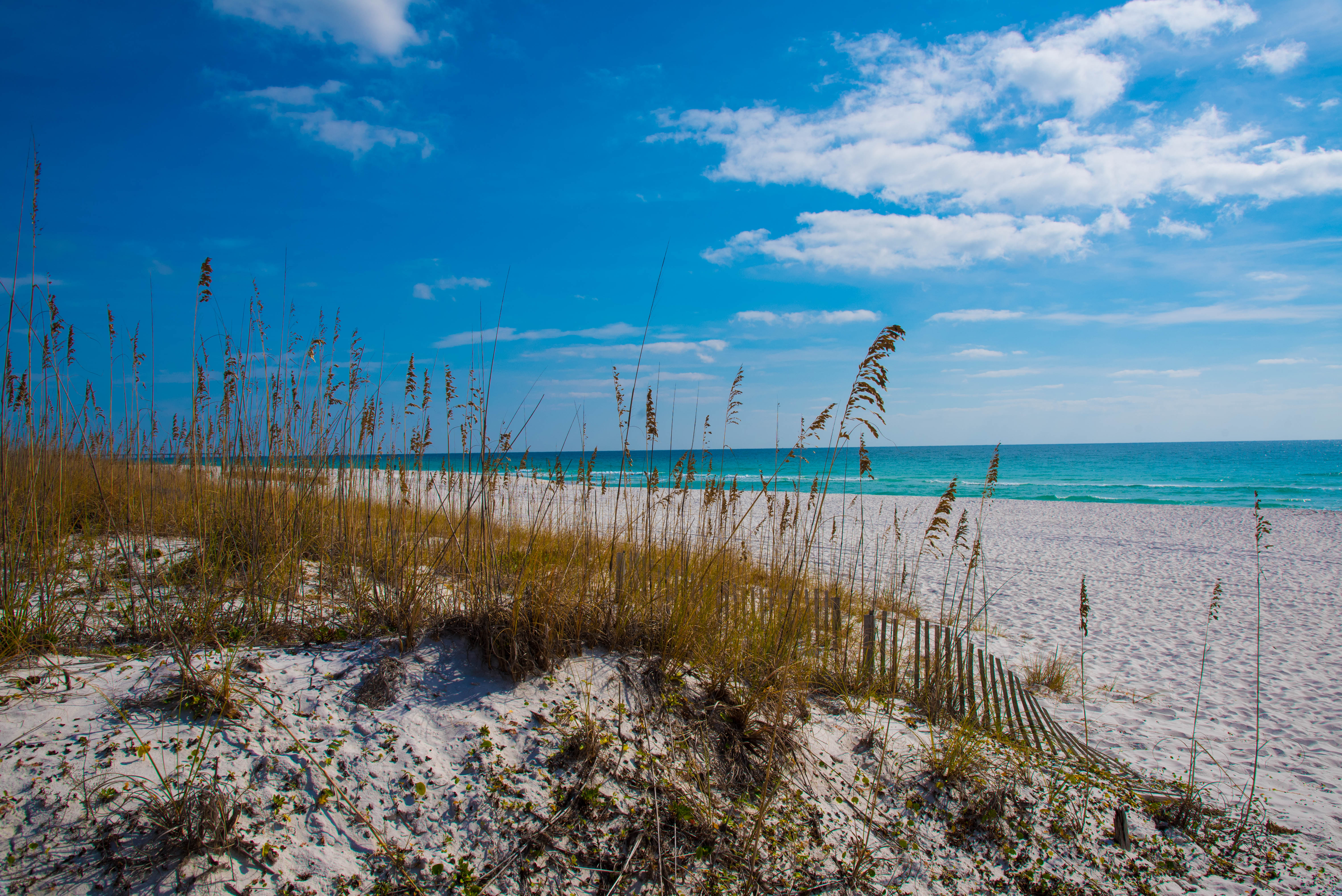Perdido Key State Park rests on the Gulf Coast and serves as a haven for many rare and threatened species. There are three zones of the park, one of them south of the highway that runs through the park and the other two north of the highway. The Perdido Key beach mouse utilizes much of the park as its natural habitat lies within the park boundaries.
The role of the Perdido Key beach mouse is often overlooked when people think of the habitat. One critical behavior the mice have is to forage for seeds and then store them underground. Most importantly for the coastal dune ecosystem are the sea oat seeds. What foraging for and storing these particular seeds does for the ecosystem is to spread the plants throughout the habitat where they eventually sprout and take hold. This allows for the constant spread of sea oats, which tremendously aids in the stabilization of coastal dunes both primary and secondary.
The habitat found within Perdido Key State Park consists largely of coastal dunes with a mosaic of ephemeral rainwater ponds that offer micro habitats for various reptiles, birds, deer and other mammals. Perdido Key State Park as a whole is the last state-owned coastal dune ecosystem in the immediate area, and significant development on adjacent lands only exacerbates the security of the Perdido Key beach mouse and its future.

